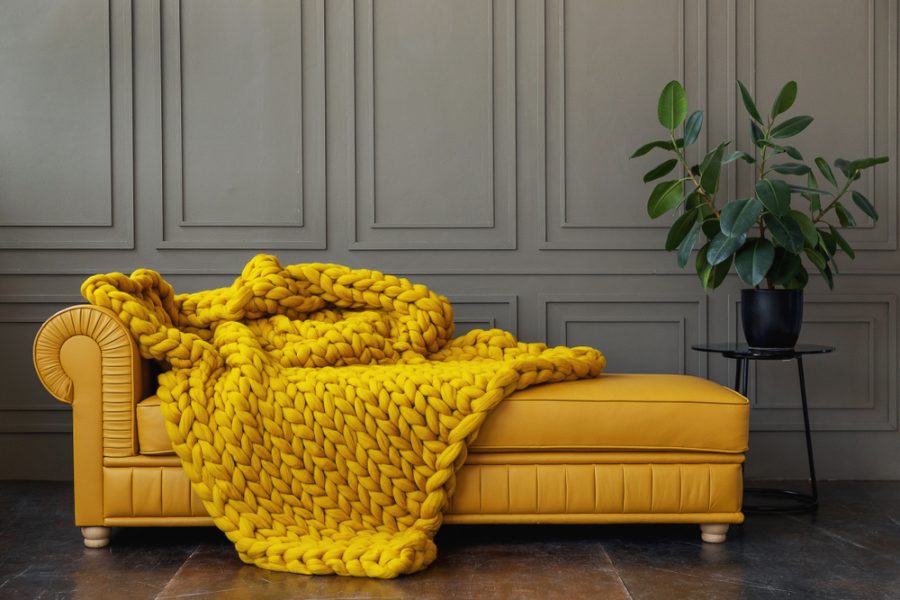Many people are inspired to take up craft hobbies because of a particular project that captures their imagination. Rather than a desire to master knitting for its own sake, many people begin because they want to knit something specific: a sweater, a scarf and so on.
One project that gets many people interested in knitting is making a blanket: despite its size, it requires reasonably simple techniques, it’s easy to customise so you can really put your artistic stamp on it, and it’s a practical object: every time you use it, you can remember your achievement in making it!
Today we’re taking a look at what goes into making a blanket, so you can judge if the time is right for you to jump in!
Crafting Techniques
There are many different ways to make a blanket, and they can all feel very different to practice. You can knit a blanket, crochet one, weave one, stitch a quilt or even knot one together!
Before you begin, try out a few of these techniques to see which one suits you: one or two monthly crochet kits will give you an insight into whether you want to pursue a big project, for example. Think about all the different details of the small projects you make: do you like the texture and look of what you’ve made? How did it feel to work on – did you enjoy the feel of the material and tools in your hand? Was it a fulfilling, satisfying experience?
Time and Comfort
One of the key things it takes to knit a blanket is time. Be aware that it can take between two and four weeks to complete a blanket, and as a beginner, you might find it takes you even more! Other crafts take a comparable amount of time, so you need to be ready to commit for the long haul. This isn’t just a question of maintaining your motivation over this long time. You also need to be aware of the physical demands a craft hobby exerts on your body! Sitting in one position for hours at a time, tightly gripping the tools of your craft, squinting to make out the close details of the next stitch or knit.
Before you start your first blanket, make sure you have everything in place to make it as sustainable and healthy for you as possible. Make sure you have a chair or couch with lumbar support, to make sure your lower back isn’t carrying your whole upper body-weight while you work, and make sure you have a clear light to work by – not so bright you have to squint against the glare, but bright enough that you can see your work clearly!

